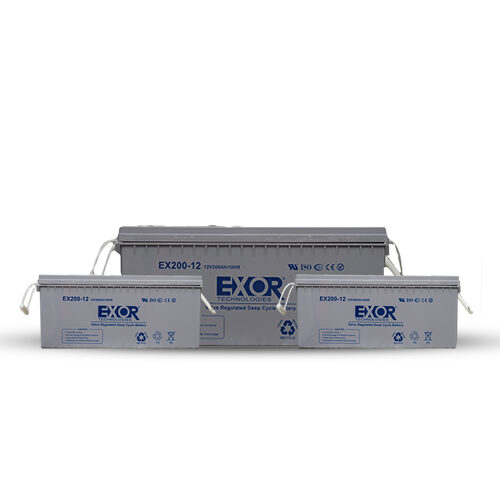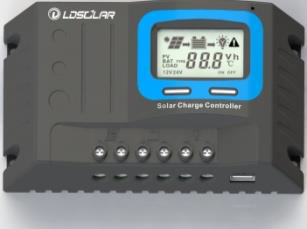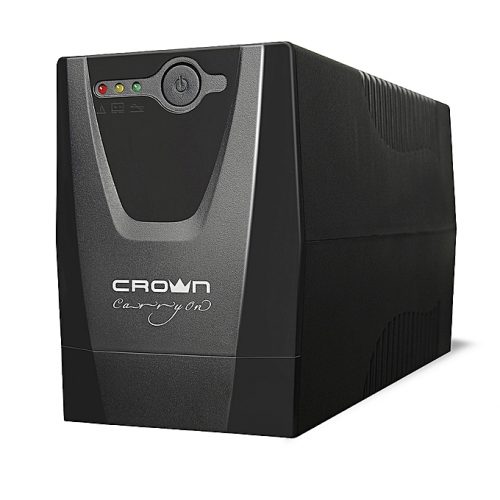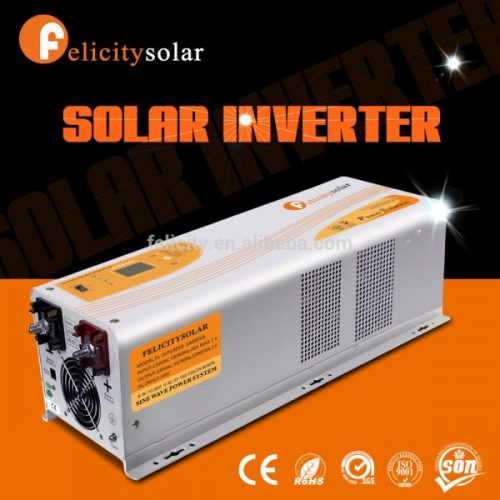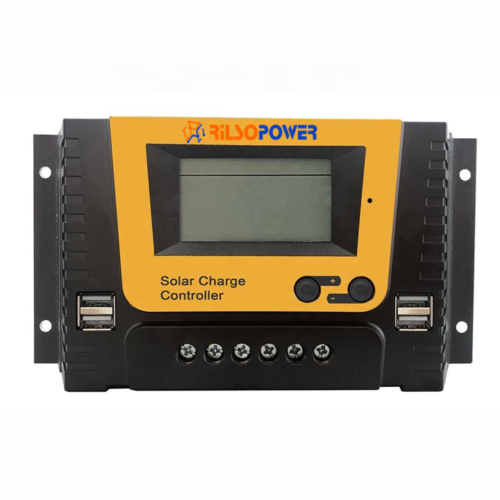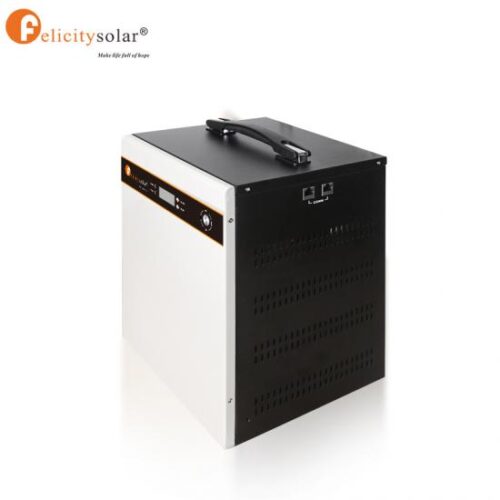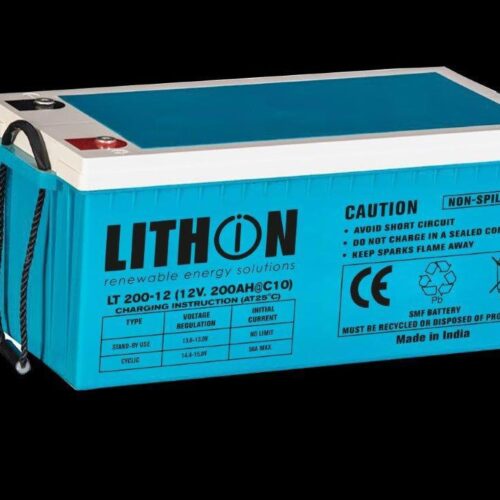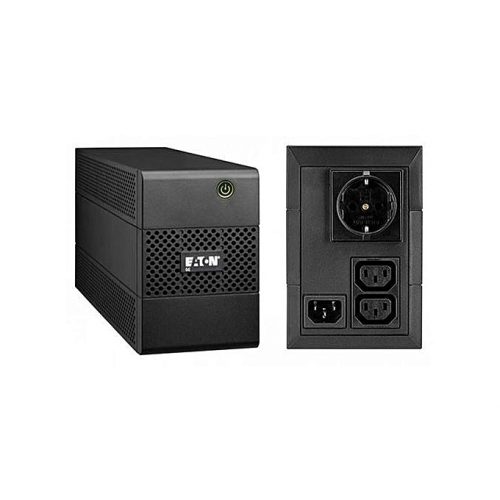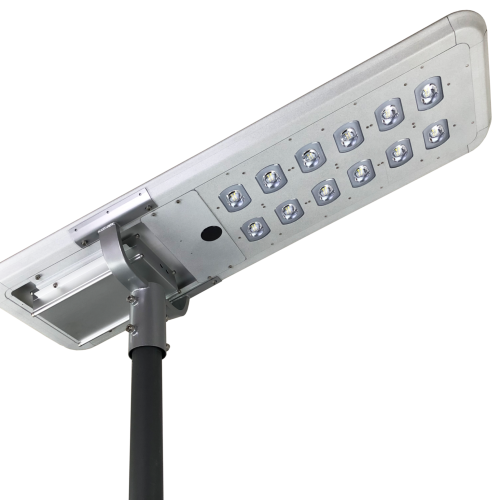Subtotal:
₦7,778,000
Felicity Charge Controller MPPT 60ah 12v/24v/36v/48v
₦95,000
The Felicity 60A 12V/24V/48V MPPT Solar Charge Controller is an energy-efficient Solar Charge Controller that optimizes the charging of the Battery bank by a Solar (PV) Array. It has a peak conversion efficiency of around 98%. It offers reverse polarity protection as well as overcharging and over-discharging protection of the battery bank. The LCD screen shows Charge voltage, charge circuit, the voltage of storage battery, the capacity of the storage battery, output current enhancing the user experience.
Category Solar Charge Controller
Brand: FELICITY SOLAR
Related products
-
MPPT charge controller, SMK Inverter, Solar Charge Controller, Solar Products
SMK 60A MPPT SOLAR CHARGE CONTROLLER
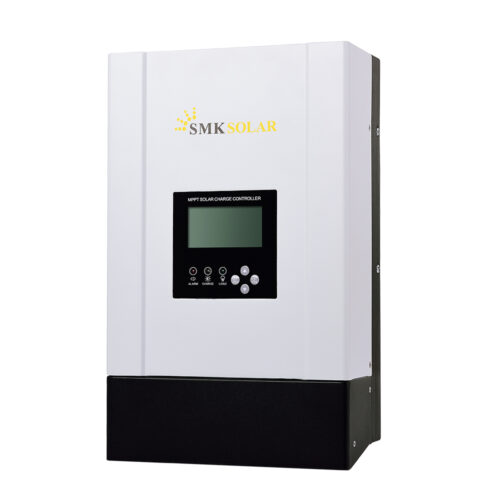 MPPT charge controller, SMK Inverter, Solar Charge Controller, Solar Products
MPPT charge controller, SMK Inverter, Solar Charge Controller, Solar ProductsSMK 60A MPPT SOLAR CHARGE CONTROLLER
0 out of 5(0)SMK 60A MPPT SOLAR CHARGE CONTROLLER
12V/24V/48V Auto work, parallel design,Multi-stage charging optimizes battery performance,MPPT efficiency >99.5%, Peak conversion efficiency 97.5%,Compatible with Gel. AGM. Flooded. Sealed lead-acid and Lithium battery,Comprehensive protection,Heatsink cooling, quiet operation,Comfortable installation and commissioning,Monitoring your solar harvest online via RS485 communication, Ethernet/RS232 communication Optional
SKU: n/a
Recently Viewed products
UPS, ZEKTRON UPS
Zektron 6kva Online UPS TS11 Series
0 out of 5
(0)
Zektron online UPS TS-11 series adopts online double conversion design and digital control technology and it features high input and output power factor (0.9). With ECO mode for energy-saving, intelligent battery management and excellent network management, it is a cost-effective power solution for your critical devices. When UPS is on battery mode, it can shut down unnecessary load and extend the backup time of the critical load.
SKU: n/a
Inverter
2.5 KVA 24V Felicity Solar INVERTER
0 out of 5
(0)
A solar inverter, or converter, or PV inverter converts the variable DC output of a photovoltaic (PV) solar panel into a utility frequency alternating current (AC) that can be an off-grid electrical network. It is a critical balance of system–components in a solar power system, allowing the use of ordinary AC-powered equipment.
SKU: n/a
PMW charge controller, Solar Charge Controller, Solar Products
48V 60A PWM SOLAR CHARGE CONTROLLER
0 out of 5
(0)
MCU intelligent control technology, high performance;
Optional for Chinese and English menu,LCD LED display mode,clearly to know the operation status;
Solar array and battery use the same positive system, multiple independent solar array input control;
Kinds of battery protect data setting;
Display battery voltage, battery charge current, internal chassis temperature, accumulate photovoltaic power generation function, accumulate battery power function, accumulate power consumption function, solar panel current for each strings etc.
Complete protect: reverse battery protection, battery overcharge protection, internal chassis cooling control(more than 45℃ the fan will turn on),battery anti-reverse charge at night time function and alarm function;
Have history record and password protect function;
Have time display function;
SKU: n/a
PMW charge controller, Solar Charge Controller, Solar Products
48V 40A PWM SOLAR CHARGE CONTROLLER
0 out of 5
(0)
MCU intelligent control technology, high performance;
Optional for Chinese and English menu,LCD LED display mode,clearly to know the operation status;
Solar array and battery use the same positive system, multiple independent solar array input control;
Kinds of battery protect data setting;
Display battery voltage, battery charge current, internal chassis temperature, accumulate photovoltaic power generation function, accumulate battery power function, accumulate power consumption function, solar panel current for each strings etc.
Complete protect: reverse battery protection, battery overcharge protection, internal chassis cooling control(more than 45℃ the fan will turn on),battery anti-reverse charge at night time function and alarm function;
Have history record and password protect function;
Have time display function;
SKU: n/a



